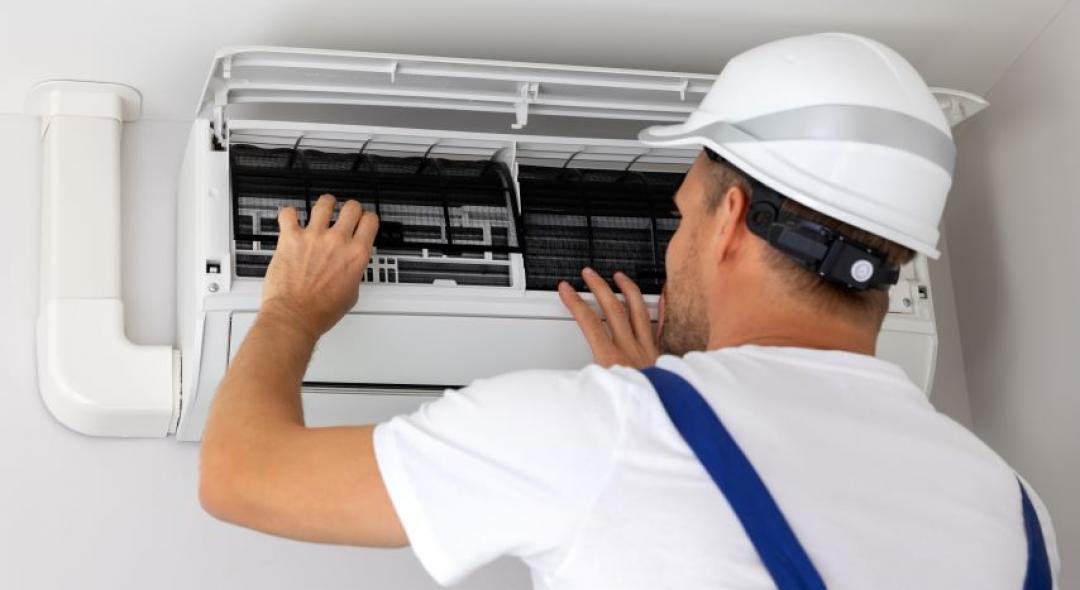Lighting up the fireplace during a cold day is great – the natural warmth of fire is something we have cherished for ages, so much so this kind of natural comfort can hardly be replicated by any other means.
But fireplaces need a lot of care to continue working in top condition, and one of the most common issues is when the fire starts smoking up your home. Homeowners can brush this off as a natural occurrence to lighting a fire inside their home, but this is a mistake: a fireplace should never cause your home to be filled with smoke.
Smoke and fumes are extremely unhealthy, which is why a good fireplace should do the job of letting smoke out the chimney and never indoors. If you notice smoke buildup indoors, then something is wrong!
“The journey of a thousand miles begins with one step. – Lao Tzu
Is it normal for a fireplace to leave smoke in the house?

Not at all! Homeowners can mistake a bit of smoke buildup for a common occurrence when lighting a fireplace, but that’s not the case.
There should never be smoke buildup in your home. If it ever comes to that, then something is wrong and you can go through these following possible reasons to investigate and take action.
Your chimney draft is low

Let’s take the most complicated matter out of the way first: what is chimney draft?
This is a physics event caused by the difference in outdoor and indoor temperatures. We’ll spare you the details, but in short, the higher the difference, the better your chimney draft – this prevents the hot air from hanging in the chimney and instead causes it to rise and escape outside faster.
Bottomline, it’s recommended to light your fireplace when it’s colder outdoors.
In most cases this is not a problem, since during the winter it is almost always warmer inside, right?
Well, if you light your fireplace as soon as you get home, for example, and you didn’t leave some heating on (with the help of a programmable thermostat), the difference in temperature won’t be so great and your home will be quite cold for a while, until it gets warmer. This could lead to less dramatic, but noticeable smoke buildup.
Chimney sweeping

We’ve talked before on the importance of chimney sweeping for the winter, so here goes the basic: your chimney can accumulate creosote over time and that substance is highly flammable. It’s something that can happen overtime, so it’s never a constant fear for homeowners, but a neglected chimney can become a fire hazard. Which is why you should have it inspected and cleaned at least once a year.
And of course, a dirty chimney can become clogged and block smoke, creating a buildup that has nowhere to go, so it comes back inside your home. A dirty chimney is the first thing you should suspect when you notice smoke buildup – call a local chimney sweeping contractor right away for an inspection.
Consider a chimney cap

If you notice the smoke buildup particularly during rainy or snowy days, your chimney might be suffering with water seepage, which causes a temperature shift that results in the smoke returning instead of puffing out. A chimney cap could solve the issue – it’s fairly cheap and easy to install for a professional chimney sweeper.
You need a smoke guard

Not all fireplaces are built the same. There are many cases out there of aesthetically beautiful fireplaces that are not super practical because they lack some design qualities that allow for smoke to properly rise up the chimney, which means even if you do everything right, there might still be smoke buildup.
In that case, consider a smoke guard as a decent quick solution. It won’t get in the way of your cozy heat, but it will help prevent smoke from entering your home.
Always use safe kindling

Always burn safe kindling, that is, materials that are actually made for kindling. Do not burn any sort of paper, cardboard, or other materials as such. Always prefer hardwood and logs that are proper for kindling, and for tinder use torn newspapers or pine cones.
Don’t just throw stuff that burns in your fireplace, as the chemical release can cause bad odor and accumulating of substances in your chimney that could be hazardous to your health.
If you have trouble igniting a fireplace, check this handy guide!
Need some help setting up your fireplace for the Winter? Talk to a chimney sweeping professional and get free quotes today!
MORE FROM HOMEYOU
How To Start a Fire in a Fireplace The Best Way
5 Basic Precautions You Should Take With a Space Heater
5 Reasons Why Chimney Sweeping Is Important For The Winter
